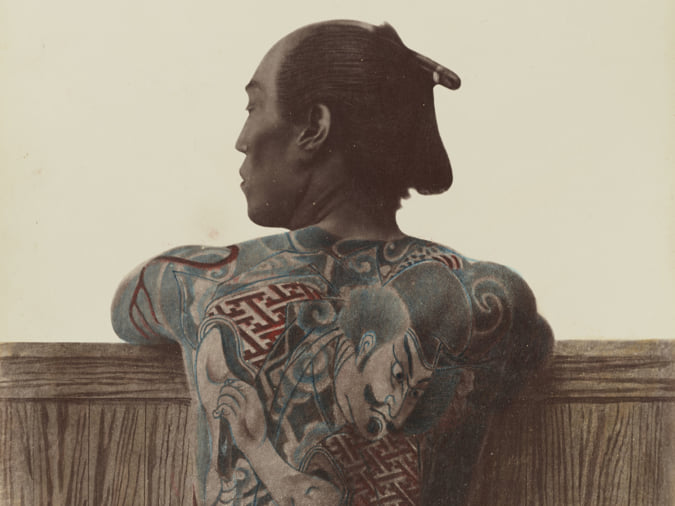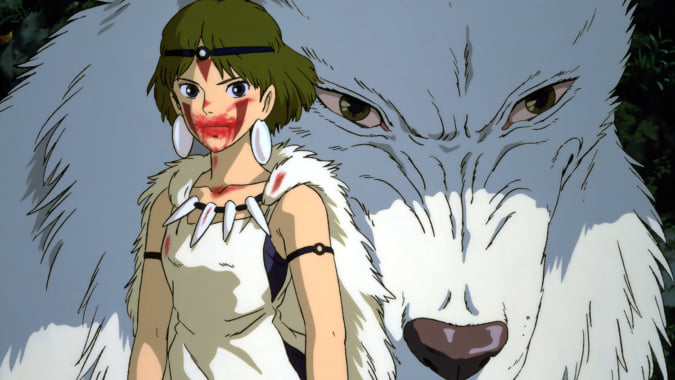‘Omecitta’, the Town of Cinema
In this documentary, Chantal Stoman explores the past of this small town in the Tokyo suburbs that is inextricably linked to cinema.
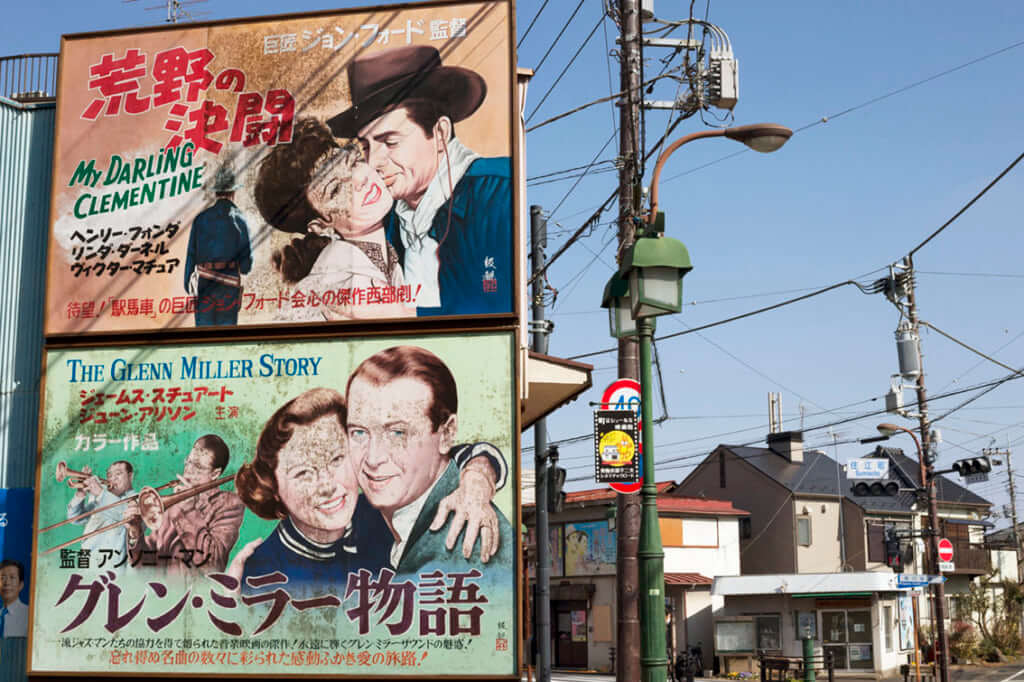
© Chantal Stoman
Printing vestiges of the past on film before they potentially disappear. Exploring, telling, and gathering accounts. This is the project that photographer Chantal Stoman embarked on in 2017, almost in spite of herself. It was by a happy coincidence that she discovered this town with just over one thousand residents in the Tokyo suburbs, located three hours from the Japanese capital by train. The fact that she ended up filming a documentary there when her preferred medium is photography was therefore somewhat unexpected.
Chantal Stoman is a photographer from Paris. For ten years, she focused on fashion photography, before pursuing broader subjects like architecture and history, always with a penchant for localities. Omecitta is her first documentary and, in order to understand how it came to be, it’s necessary to step back in time.
Vestiges of the golden age of cinema
Initially, Chantal Stoman headed to Tokyo to start a project on art and experimental cinema. It was while discussing the subject with a Japanese friend, however, that she came across the name of Ome. ‘Ome’ means ‘blue plum’, but beyond that, any Tokyoites questioned about this word remain circumspect. No one has heard of this little suburban town. That was all the encouragement the photographer needed to travel there by train.
When she arrived, she discovered a town that had lived to the rhythm of film screenings for four decades. Ome was home to three cinemas, which mainly screened foreign films. Film enthusiasts from Tokyo flocked there, before the arrival of television in the 1970s sounded the death knell for movie theatres. Although the cinemas have now closed, there are still painted wooden signs all around the town, which once served as posters. Despite being far from Hollywood and its studios, cinema was everywhere in Ome, and its signs are the remnants of this past in technicolour.
Chantal Stoman captured many photographs, but wanted this project that began as snapshots to continue in the form of animated images. Thus, she returned to this small town around a dozen times to meet its older residents, the last living witnesses to a bygone age, but also the younger generation, some of whom were unaware of the prestigious past of this small town that they only dreamt of leaving. The director also had the chance to meet the creator of the signs that adorn the town’s walls. Omecitta offers far more than a collection of precious testimonies: it also questions the relationship we maintain with the past and its inscription (or lack thereof) in the future.
Omecitta is available on demand on Ciné+ and to access for free on the Maison européenne de la photographie website.
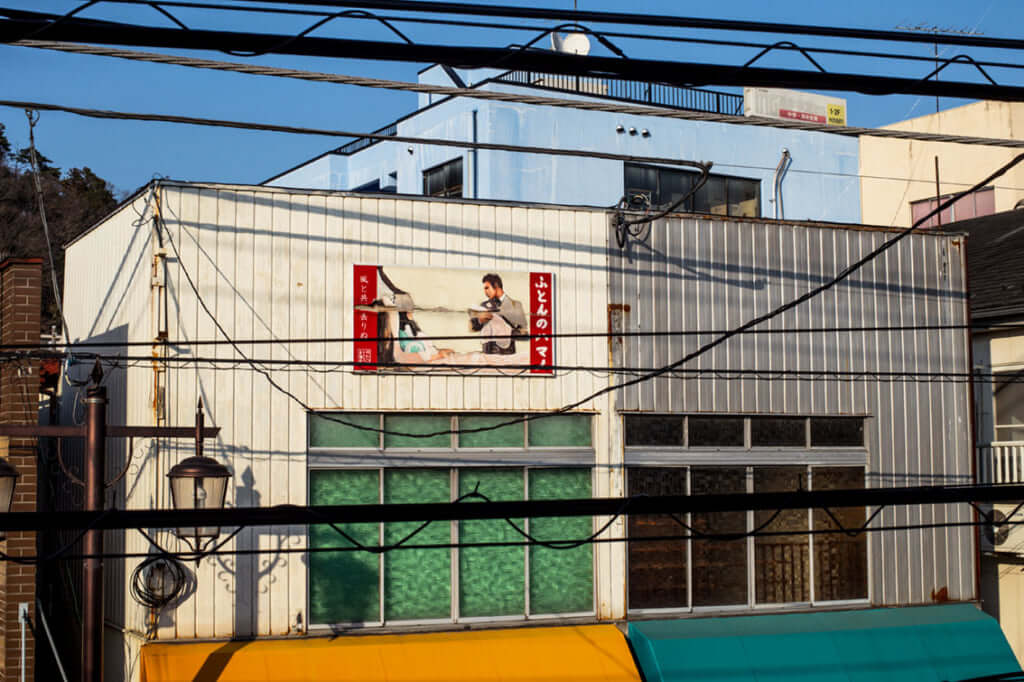
© Chantal Stoman
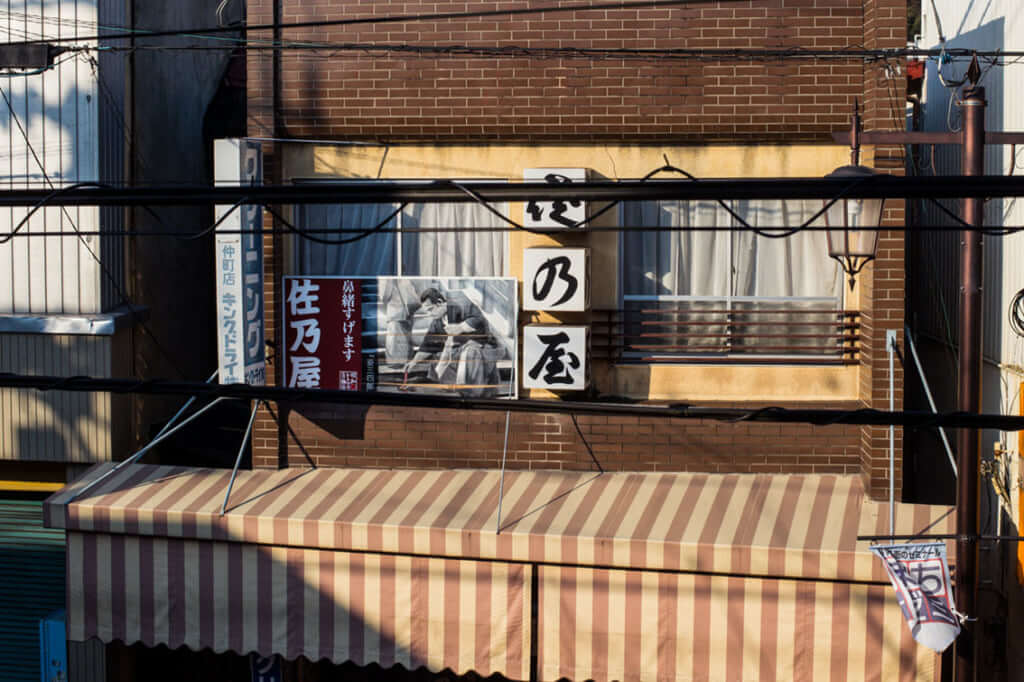
© Chantal Stoman
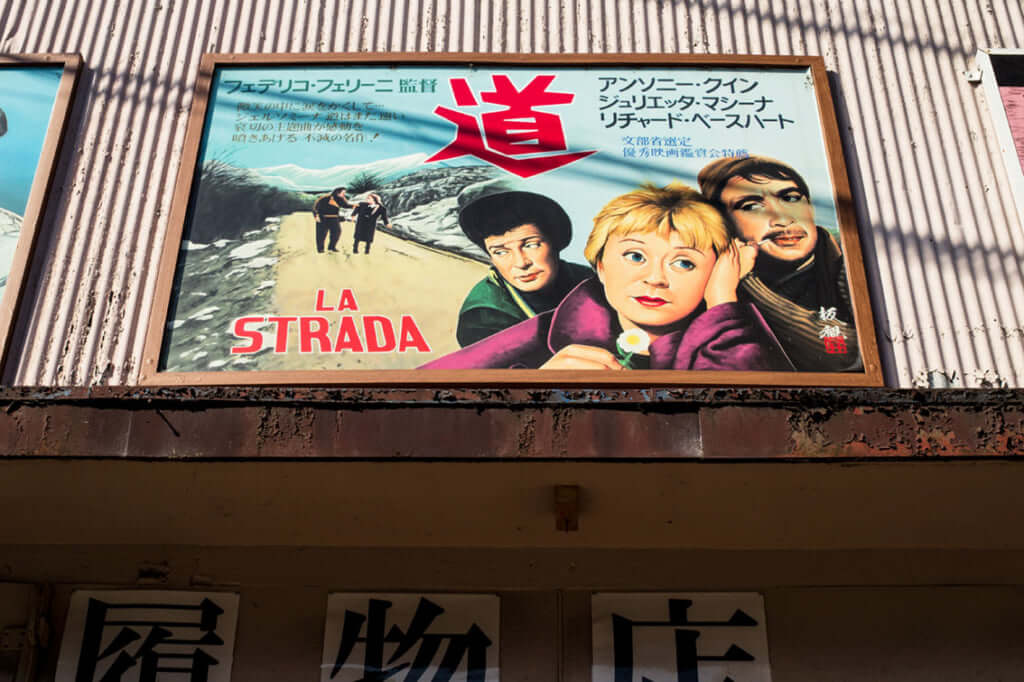
© Chantal Stoman
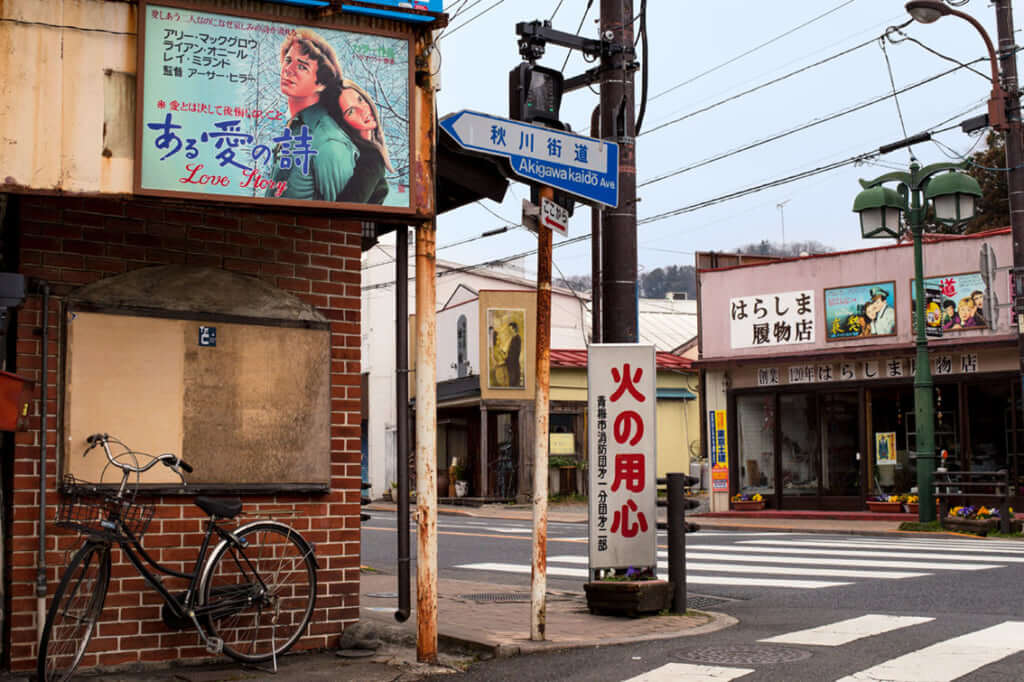
© Chantal Stoman
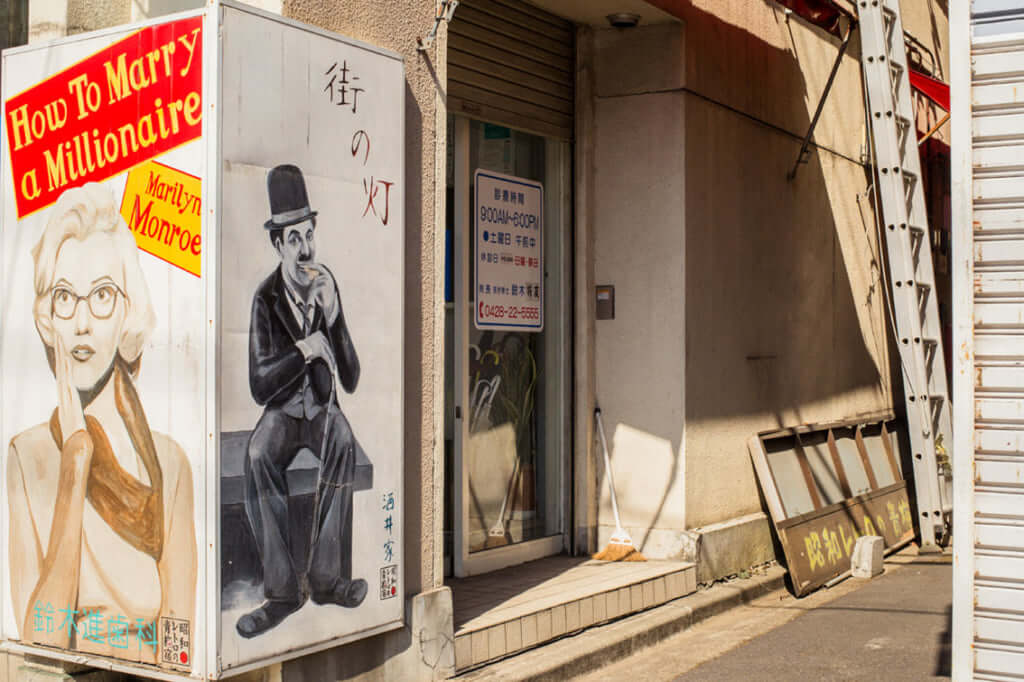
© Chantal Stoman
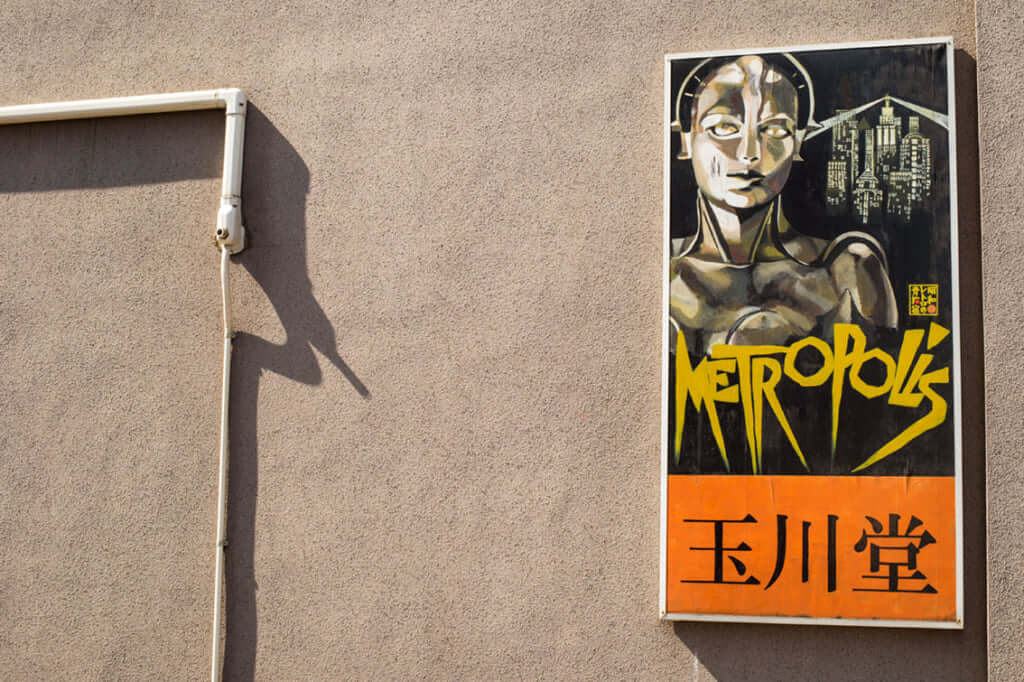
© Chantal Stoman
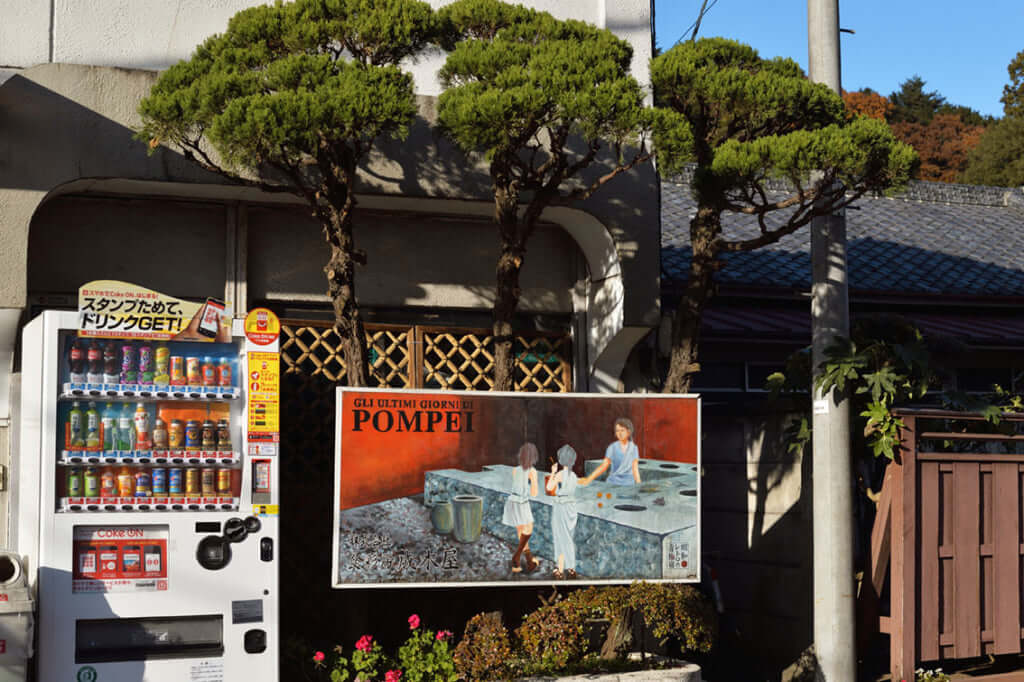
© Chantal Stoman
TRENDING
-
Colour Photos of Yakuza Tattoos from the Meiji Period
19th-century photographs have captured the usually hidden tattoos that covered the bodies of the members of Japanese organised crime gangs.

-
The Tattoos that Marked the Criminals of the Edo Period
Traditional tattoos were strong signifiers; murderers had head tattoos, while theft might result in an arm tattoo.

-
The Nobu Empire, the Fruit of the Friendship between the Chef and Robert De Niro
The two men are partners in Nobu Hospitality, a luxury restaurant and hotel brand that has become a global success.

-
Hayao Miyazaki, the Man Who Adored Women
The renowned director places strong female characters at the heart of his work, characters who defy the clichés rife in animated films.

-
The Tradition of the Black Eggs of Mount Hakone
In the volcanic valley of Owakudani, curious looking black eggs with beneficial properties are cooked in the sulphurous waters.

